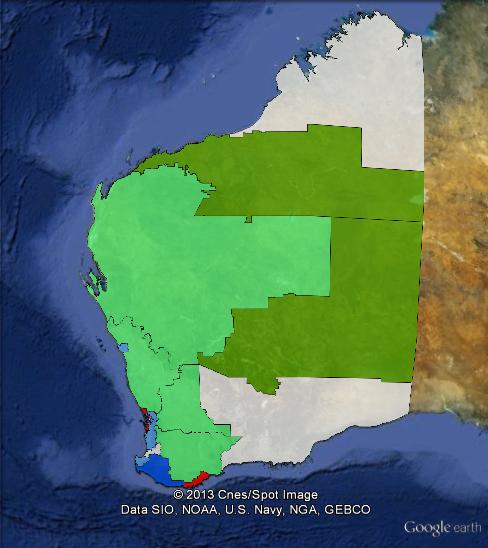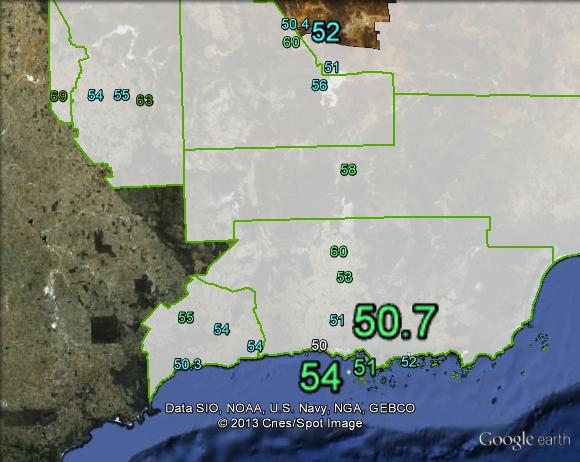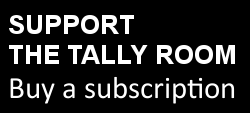The Liberal Party have won a majority in their own right in the Legislative Assembly, gaining a number of seats, while the Nationals have increased their numbers slightly and Labor has taken a hit.
There are five seats left to decide, which I will detail below. The following chart shows the results so far:

This chart shows the number of seats won by each party (in 2013) as the size of the bar. Seats are coloured according to who held the seat before the election. Labor and Liberal seats are coloured pale where it is uncertain who will win them.
The Liberal Party have retained 22 of their 23 seats, and gained 5 ALP seats, 2 independent seats and one Nationals seat. The ALP has retained 17 of their seats and gained one off an independent. The Nationals have retained four of their seats, and gained one each from the Labor Party and an independent.
The five seats still in play are:
- Belmont – Likely ALP retain
- Collie-Preston – Likely ALP retain
- Eyre – Likely Nationals gain
- Kimberley – Likely Liberal gain
- Midland – Likely ALP retain
If these five seats go as expected, the Liberal Party ends up up eight seats to 31, the ALP is down six to 21, and the Nationals are up two to seven. Overall it was a solid victory for the Liberal Party, but was not the kind of crushing blow dealt to the ALP in New South Wales and Queensland in recent years.
Following on from Victoria in 2010, every single crossbencher in Western Australia was defeated or retired last night – leaving a lower house made up entirely of major party members.
William Bowe at Poll Bludger has produced a helpful breakdown of the election results by region. The short story: the Nationals and Liberals have wiped Labor out in Mining and Pastoral. In another interesting move, the Nationals have lost their only seat in the South West, and their single seat in South West in the Legislative Council.
[Note: it’s been pointed out to me that the following section could be read to suggest that the results are set in stone – they are not. Pretty much all the regions have at least one seat up for grabs. I’m planning to cover this in my next blog post in more depth, but bear that in mind.]
In the Legislative Council, it appears likely that there will be a slight shift to the right. The Greens lost one of their seats in East Metro to the ALP, and in North Metro to the Liberals. No change is likely in South Metro. In Agricultural, the Nationals look set to lose one of their three seats to the Shooters and Fishers, thanks to preferences from Labor, the Greens and former National Max Trenorden. In Mining and Pastoral, the Nationals gain a seat off Labor, and the Greens hold onto their seat against the Shooters and Fishers. In South West, the Nationals look set to lose their seat to Family First, again on Labor and Greens preferences.
Overall, the upper house has shifted two seats to the right. The Coalition’s numbers are steady (gaining in Mining and Pastoral and North Metro, losing in Agricultural and South West), and so are Labor’s (gaining in East Metro, losing in Mining and Pastoral). The Greens are down two and the right-wing minor parties are up two – although in no case has a Green lost their seat directly to a right-wing minor candidate.
I’ll come back later today with an analysis of the closest races in both houses, as well as an analysis of the performance of the minor parties and the Legislative Council. In the meantime, here are some maps showing the results. Seats gained are marked in a darker shade of the party’s colour. You can download an updated copy of the Google Earth map here, and also look at results as of the end of last night in map form at the blog post below.

Results of the 2013 WA state election in the Perth area.

Results of the 2013 WA state election in the South West of the state.

Results of the 2013 WA state election in regional Western Australia.







